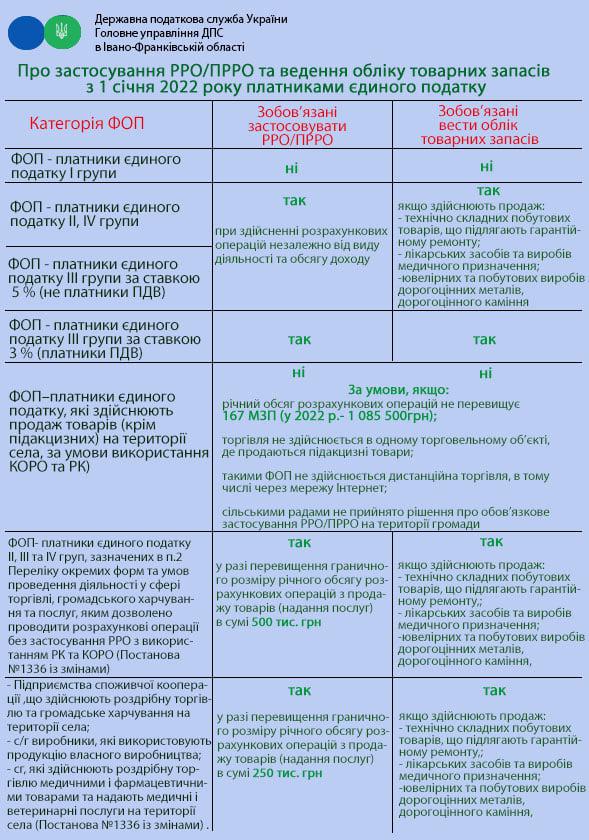What is inventory accounting?
Inventory accounting is the process of recording the receipt and disposal of goods based on primary documents.
In simple terms, it’s recording how many goods you received and how many you sold.
This means that individual entrepreneurs (based on primary documents) must enter the goods into electronic or paper records upon receipt.
Why is this necessary?
The law on the use of cash registers was created to combat the shadow economy.
This means that previously, the products being sold could go directly from the supplier’s boxes to the customers. Now, the absence of meticulous accounting of each unit of goods threatens with fines and administrative responsibility.
Who needs this?
According to the law of 06.07.1995 No. 265/95-VR “On the use of cash registers in trade, public catering, and services,” economic entities that carry out settlement transactions in cash and/or non-cash form (using electronic payment means, payment checks, tokens, etc.) when selling goods (providing services) in the field of trade, public catering, and services are obliged to keep records of inventories.
In simpler terms, the procedure for keeping records applies to such entrepreneurs:
– Individual entrepreneurs on the general taxation system;
– Individual entrepreneurs under the single tax – VAT payers;
– Individual entrepreneurs under the single tax groups 2-4, engaged in:
● Sale of technically complex household goods subject to warranty repair;
● Medicinal products and medical devices;
● Jewelry and household products made of precious metals, precious stones, precious organogenic stones, and semi-precious stones.
Order No. 496 also establishes the obligation to keep records of inventories at the place of their realization for individual entrepreneurs on the general taxation system who are engaged in trade, public catering, and services.

To better understand who should keep records, let’s go through these categories with examples:
| Example | Is inventory accounting required? |
| Entrepreneur (Group 1) selling clothes at the market. | No, this is a product that does not require the use of RRO and PRRO, and the entrepreneur is not a VAT payer. |
| Entrepreneur (Group 1) selling non-food goods for general use at the market (TSPT). | Yes. The entrepreneur is a single tax payer (first, second, and third groups) trading technically complex household goods (hereinafter referred to as TSPT). |
| Entrepreneur (Group 2) selling medical goods only by non-cash payment through a bank cash register. | No. Such an entrepreneur does not have settlement operations. |
| Entrepreneur (Group 3 with a 3% single tax rate) is engaged in selling windows, accepting payments from clients by payment cards. | Yes. The entrepreneur is a VAT payer and has settlement operations. |
| Entrepreneur on the general taxation system, engaged in selling plumbing materials to legal entities. Payment is made non-cash (by transfer to an account). | No. The entrepreneur does not have settlement operations. |
| Entrepreneur (Groups 2 and 3) selling shoes in an online store, using RRO for settlements. | No. The entrepreneur is not a taxpayer and is not required to use RRO. |
How to conduct inventory accounting?
Essentially, it’s quite simple. The only difficulty lies in the fact that all operations with goods should be reflected in a special “Inventory Accounting Form.”
That is, it’s not enough to just keep receipts for deliveries and invoices; it’s necessary to record each operation with each item in the form, while adhering to the norms of maintaining this form.
This can complicate accounting for those who sell goods in different locations.
Here is what the form looks like:
During an inspection, the entrepreneur or administrator must provide the primary documents for the goods or their copies (originals must be provided before the inspection is completed).
If an individual entrepreneur keeps a form of inventory accounting in electronic form, they must provide the controller with access to the form in a way that allows it to be viewed and copied.
Automation of the inventory process
All difficulties can be eased with the help of automating this process.
For example, you can use HugeProfit – a service for tracking inventory, controlling sales, and visually displaying the income and expenses of your online store, Instagram store, or marketplaces.
All you need to do is enter data on receipt, write-off, movement, orders, sales, returns from customers, or suppliers into the program.
Moreover, the service allows you to scan barcodes and print receipts. You can download all the necessary documentation in a format convenient for you and enter it into the form.
Furthermore, in the HugeProfit service, you have the option to connect the RRO, as since January 1st of this year, most entrepreneurs are required to use the RRO and, if desired, issue fiscal receipts to customers.
And considering that HugeProfit often pleases its users with updates, you can expect integration with the tax authorities in the near future.
At first glance, inventory accounting may seem complex, but by automating this process, you will realize that it’s quite easy!

